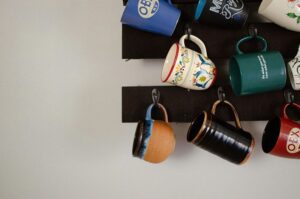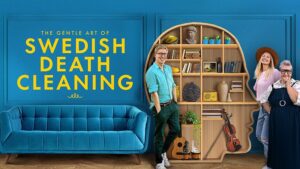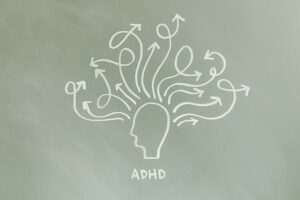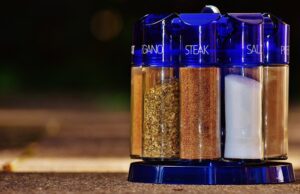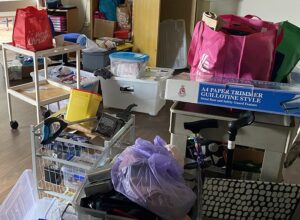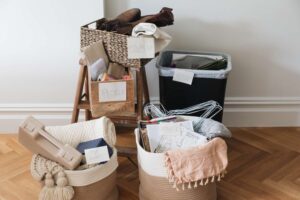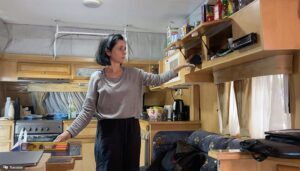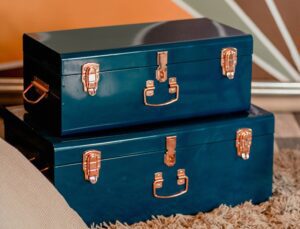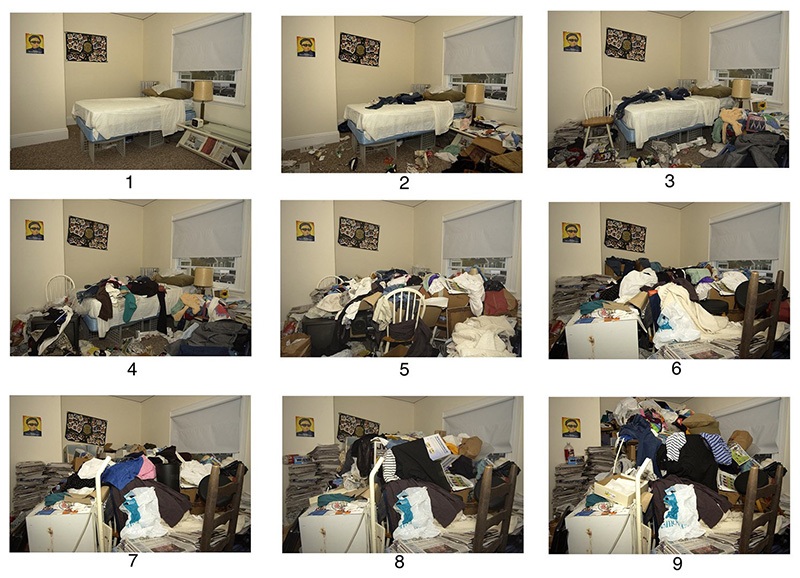
The term ‘hoarding’ can be used pretty loosely. Clients often ask me “am I a hoarder?” and are relieved when I say no.
On the low (non-diagnostic) end of the spectrum it means accumulating, which is relatable. We all have too much stuff. It’s part of living in a consumerist society. Collecting Lady Di memorabilia or having more shoes than we need is within the realms of normal behaviour.
Most of us won’t admit to hoarding toilet paper during the pandemic lockdowns (who DID that?). However buying more than you need of anything at all is small-h-hoarding. And I am guilty of that, because I want to minimise trips to the shops and take advantage of specials. Preparing for the future is something organised people do. It’s common sense.
On the other hand, hoarding disorder as a mental health condition is not uncommon. According to the American Psychological Association, about 2-5% (closer to 6% in the over 65 age group) of the population has a problem.
The clutter scale pictured was created by academics Gail Steketee and Randy Frost as a measurement for the disorder.
Hoarding was once associated with OCD (Obsessive Compulsive Disorder). However since 2013 it has its own status and is recognised in the DSM-V (Diagnostic and Statistical Manual of Mental Disorders).
It affects all socio-economic groups, ages and genders.
About half of the people with the disorder have co-morbid depression. ADHD and anxiety are also often present.
Am I a Hoarder? 5 key features
There is a more comprehensive diagnostic tool here.
The definition encompasses 5 main elements:
- Accumulating and keeping items most people would consider rubbish.
- Having difficulty discarding items.
- Having a volume of stuff that compromises living spaces so they are unable to be used as intended.
- Disorganisation of stuff and an inability to prevent clutter.
- Experiencing impairment or distress caused by the clutter.
Am I a Hoarder? More questions to ask yourself
- Does your bedroom look like a 4 or more in the diagnostic picture above?
- Do you have clutter which is visible outside your house?
- Do you have difficulty using your house as intended? For example, do you struggle to make a meal on your bench tops? Is your work desk too crowded to sit at? Do you find your bed too inhospitable to sleep in?
- Do you keep items other people consider rubbish? Old magazines, plastic containers, cardboard packaging. Maybe you see a potential purpose for them?
- Do you assign multiple meanings and/or sentience/feelings to seemingly insignificant items?
- Do you suffer from a lack of categorisation skills? Neurotypical people store most items according to type. All shoes in one cupboard, all books on a bookshelf, etc. People who hoard have seemingly random collections throughout every space.
- Do you store items with no immediate use or purpose? Saying “I could use this for XYZ” doesn’t count – will you?
- Are you embarrassed or unable to have people over to visit?
- Is someone you know worried about the safety of you or your house?
- Do you spend a lot of time moving around piles of items, trying to find things and make room for other things?
- Do you have an amount of pets some people find excessive?
- Does your house have structural, mould or rodent problems which are difficult to deal with because of your belongings?
- If you are living with someone, do your possessions cause conflict?
OK I’ll let you off the hook for that last one, because who doesn’t have an argument with their housemate about the clutter on the bench top? But if you answered yes to more than three of the rest, it might be time to do something.
Am I a Hoarder? If yes, what next?
People with hoarding disorder can be very creative and resourceful, seeing great potential in objects and wanting to minimise waste. This is fine!
But besides the social stigma and the problems mentioned above you may be facing
– eviction
– financial hardship
– health problems
– fire danger
due to your surroundings.
First and foremost, seek psychological treatment. You may find CBT (Cognitive Behaviour Treatment) and/or medication useful. Everybody who hoards is different.
Your health professional may be aware of the Buried in Treasures workshops offered by local community channels. If not you can Google and pursue it yourself. The programs use CBT principles and are led by nonpsychologist facilitators. A study on BIT in 2011 showed significant declines in all hoarding symptom measures compared to a waitlist control. The BIT Workshops may be an effective complement to CBT for hoarding disorder, or an easier option when CBT is inaccessible or too expensive.
In conjunction with doing the deeper work on yourself, you can seek harm minimisation and decluttering coaching. Professional Organisers like The Decluttering Co have hoarding training and experience. Feel free to reach out when you are ready.

